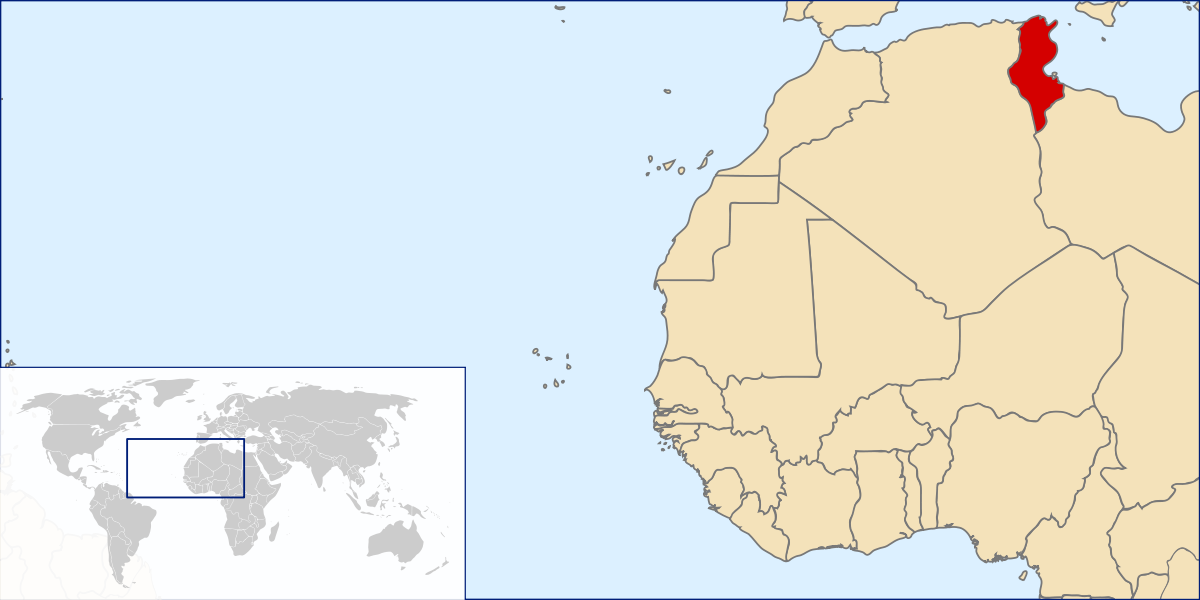Kedar was Abraham’s grandson, and the second son of Ishmael (Genesis 25:13). He also founded a city that is mentioned quite a few times in scripture. Twelve times to be exact. It is not a major focal point of the Bible, but we do learn some pretty interesting things about the city.
- They lived in black tents (Psalms 120:5 and Song of Solomon 1:5).
- The were archers like Ishmael (Isaiah 21:17).
- They were ruled by princes (Ezekiel 27:21).
Its alluded to above, but it’s important to point out that the descendants of Kedar are one of the many nations that can trace their lineage back to Abraham.
Where Was Kedar Located?

The Meaning of Kedar
Kedar (Qedar) comes from a Hebrew word that means “swarthy”. While many people believe that the Bible makes no reference to race, this is one of the few instances in which race is mention via an ethnonym.
- Swarthy: dark skinned. – Merriam Webster
While it is not a common practice in modern society, ancient Hebrews use to name their children based on descriptions of appearance, personality, and sometimes future prophecies.
The Dark Skinned Grandson of Abraham
This little known fact brings us to several interesting conclusions that may be a bit controversial
- If Ishmael’s son was dark skinned, then it is likely that either Ishmael, his Egyptian wife (Genesis 21:21), or both of them were dark skinned as well.
- If Ishmael was dark, that means that either Abraham, Hagar, or both of them were dark skinned as well.
- If Ishmael’s wife was dark, that would mean that the Egyptians were dark skinned as well.
The First Arabs Had Dark Skin
If we read most sources pertaining to the Qedarites, they are referred to as Arab. Many Arabs trace their lineage back through Ishmael to Abraham. The term “Arab” refers to the geographic location known as The Arabian Peninsula, and not necessarily to skin color or race. As we learned, Kedar was “dark skinned”, and lived on The Arabian Peninsula, thus making him a dark skinned Arab. The following picture also shows dark skinned Arabs that live on The Arabian Peninsula in 1932.
Unfortunately, the media tends to portray Arabs as if they are all light complected, but that is not reflective of history pre European invasions and Arab Conquests.






It’s amazing how you can see their features in this photo and also see the features of today’s arabs at the same time..only difference is their skin tone. ?